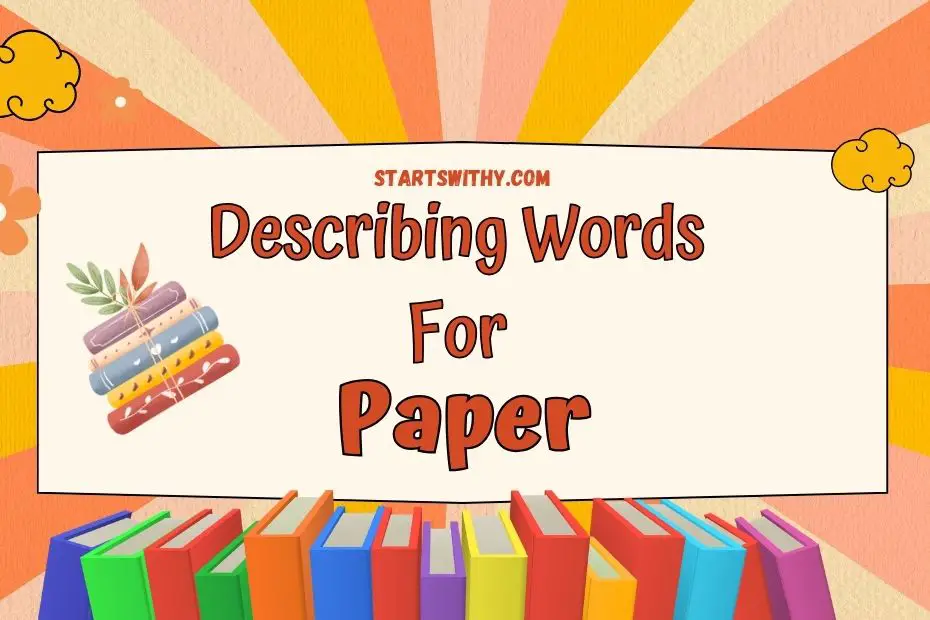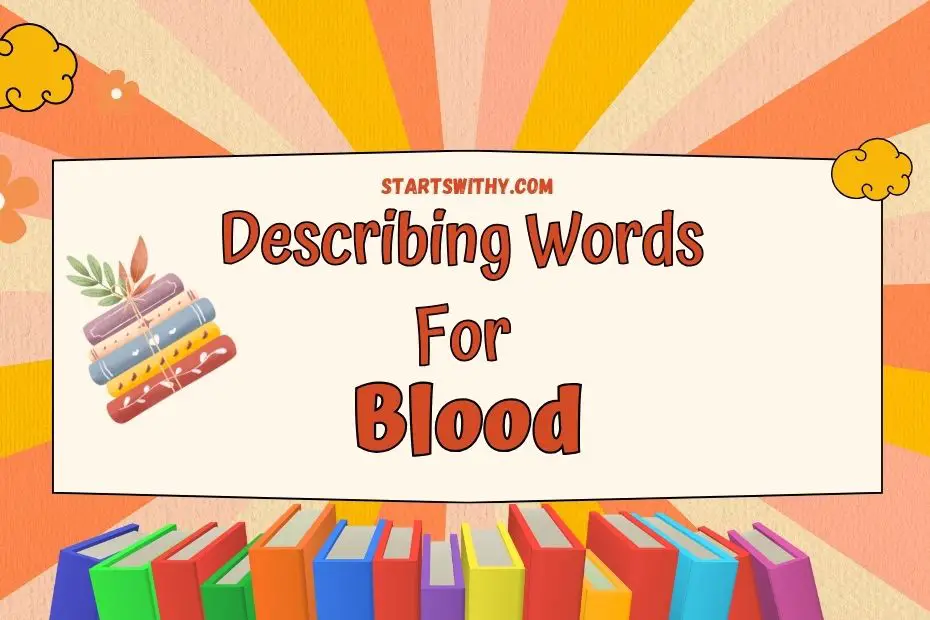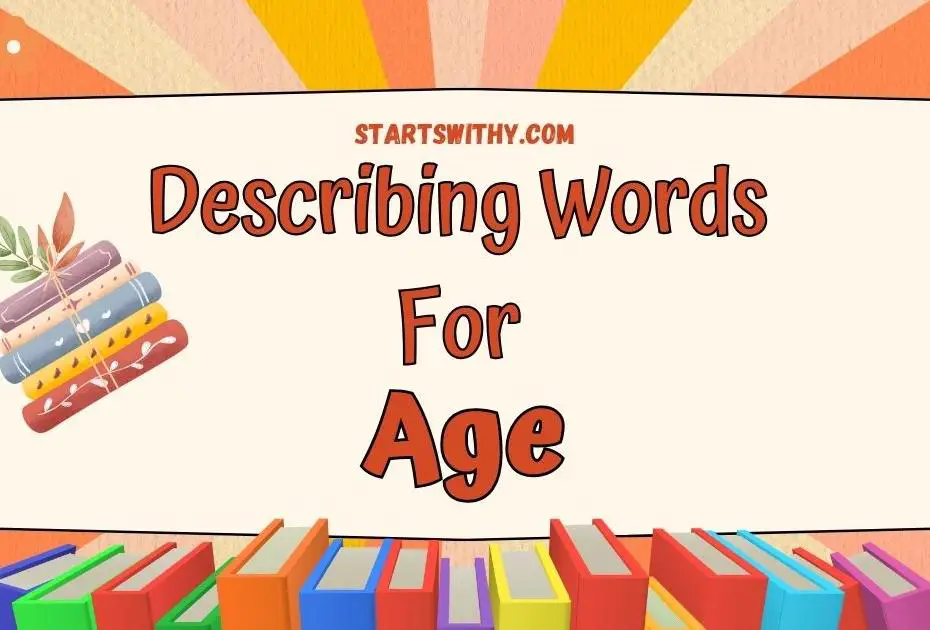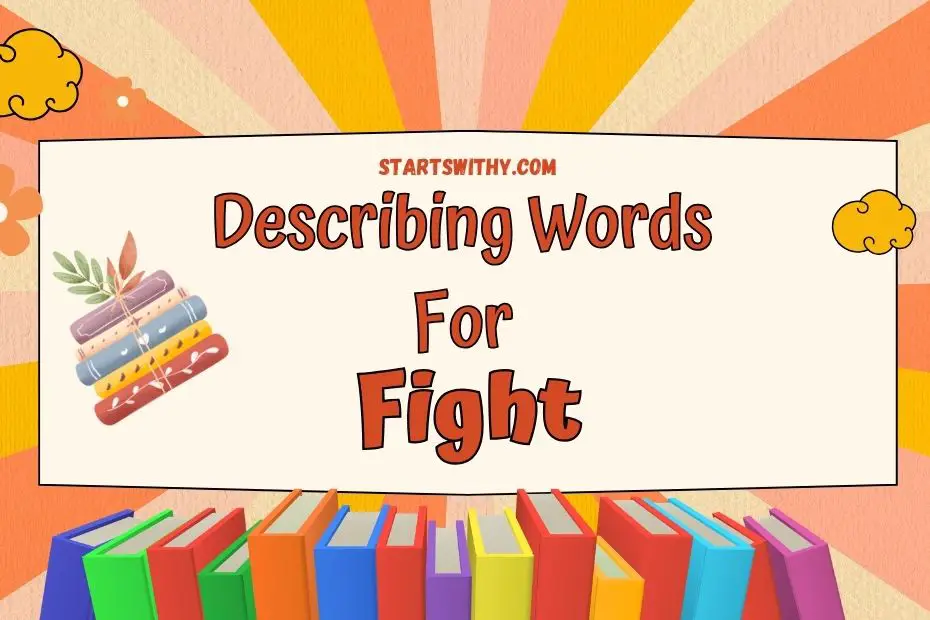When it comes to describing paper, the right adjectives can make all the difference. Whether you’re a writer, an artist, or simply someone who appreciates the texture and quality of paper, having a range of descriptive words at your disposal can elevate your work to new heights. In this article, I’ll be sharing a list of adjectives that can help you vividly portray the characteristics of different types of paper. From smooth and glossy to rough and textured, these words will bring your descriptions to life and help you choose the perfect paper for your next project.
Let’s dive in and explore the world of paper adjectives. Imagine the silky smoothness of satin paper, the crispness of a freshly printed page, or the delicate translucency of vellum. By using the right adjectives, you can paint a picture with your words and convey the unique qualities of each type of paper. Whether you’re writing a product description, a creative piece, or simply want to expand your vocabulary, this list of adjectives will be a valuable resource. So, grab a pen and paper, and let’s embark on this journey of descriptive words for paper.
How to Describe paper? – Different Scenarios
When it comes to describing paper, using the right adjectives can make all the difference. Whether you’re writing a product description, working on a creative piece, or simply looking to expand your vocabulary, having a range of descriptive words at your disposal can enhance your work. In this section, I’ll guide you through different scenarios and provide examples of adjectives that can help you effectively describe paper.
1. Texture and Feel
One important aspect of paper is its texture and feel. Here are some adjectives you can use to describe these qualities:
- Smooth: Silky, velvety, or polished; this paper has a satisfyingly smooth texture.
- Rough: Gritty, coarse, or textured; this paper has a rough feel to it.
- Soft: Gentle, cushioned, or supple; this paper is soft to the touch.
- Stiff: Rigid, unyielding, or firm; this paper is hard and inflexible.
2. Appearance and Look
The visual appeal of paper can also be described using adjectives. Here are a few examples:
- Glossy: Shiny, lustrous, or reflective; this paper has a glossy finish that catches the light.
- Matte: Non-reflective, dull, or flat; this paper has a muted, matte appearance.
- Vibrant: Bold, striking, or colorful; this paper has vibrant hues that catch the eye.
- Faded: Dull, pale, or washed-out; this paper has lost its original brightness.
3. Strength and Durability
If you’re looking to describe the strength and durability of paper, consider using these adjectives:
- Strong: Sturdy, resilient, or robust; this paper can withstand heavy use.
- Fragile: Delicate, brittle, or easily torn; this paper requires gentle handling.
- Tear-resistant: Durable, tough, or hard-wearing; this paper is resistant to tearing.
- Lightweight: Featherweight, airy, or flimsy; this paper is light and easy to handle.
Describing Words for paper in English
When it comes to describing paper, it’s important to choose the right adjectives that accurately convey its characteristics. Whether you’re a teacher looking to introduce descriptive words to young learners or someone seeking to expand their vocabulary, here are some examples of adjectives that can be used to describe different aspects of paper:
Texture and Feel
- Smooth: Paper that is without any rough or uneven surfaces.
- Soft: Paper that has a gentle and comforting texture.
- Rough: Paper that has an irregular or abrasive surface.
- Silky: Paper that feels smooth and luxurious to the touch.
- Coarse: Paper that has a rough and grainy texture.
Appearance and Look
- White: Paper that is a pure, bright shade of white.
- Glossy: Paper that has a shiny and reflective surface.
- Matte: Paper that has a non-reflective and subdued finish.
- Opaque: Paper that is not transparent or see-through.
- Translucent: Paper that allows some light to pass through, but is not completely transparent.
Strength and Durability
- Sturdy: Paper that is strong and able to withstand heavy use.
- Durable: Paper that is lasting and resistant to wear and tear.
- Tear-resistant: Paper that is not easily torn or damaged.
- Waterproof: Paper that is resistant to water or moisture.
- Flexible: Paper that can be bent or folded without breaking.
Remember, the choice of adjectives will depend on the specific characteristics you want to highlight. You can mix and match these adjectives based on the paper you’re describing, creating vivid and precise descriptions. By using these adjectives, you can help paint a more detailed picture of the paper’s qualities.
But why stop at just adjectives? Using other types of words like nouns and verbs can also bring a distinctive touch to your descriptions. In the next section, I’ll provide some examples of nouns and verbs that can further enhance your descriptions of paper.
| Category | Adjectives |
|---|---|
| Texture and Feel | Smooth, Soft, Rough, Silky, Coarse |
| Appearance and Look | White, Glossy, Matte, Opaque, Translucent |
Adjectives for paper
Positive Adjectives for paper with 12 Example Sentences
When it comes to describing paper, there are a variety of positive adjectives that can help bring your descriptions to life. Here are 12 examples of positive adjectives that can be used to describe paper:
- Smooth: The paper is smooth to the touch, making it enjoyable to write or draw on.
- Crisp: This paper has a crisp texture, giving it a professional and clean look.
- Lustrous: The paper shines with a lustrous finish, adding a touch of elegance.
- Whisper-thin: This paper is whisper-thin, making it lightweight and perfect for delicate projects.
- Silky: The paper feels silky smooth, providing a luxurious writing experience.
- Durable: This paper is durable and can withstand heavy use without tearing or ripping.
- Bright: The paper has a bright appearance, making colors and text visually vibrant.
- Absorbent: This paper is highly absorbent, allowing ink and other liquids to dry quickly.
- Archival: The paper is archival quality, meaning it is acid-free and will not deteriorate over time.
- Textured: This paper has a textured surface, adding depth and interest to any project.
- Versatile: This paper is versatile and can be used for a wide range of applications.
- Eco-friendly: The paper is made from recycled materials and is eco-friendly.
Negative Adjectives for paper with 5 Example Sentences
While there are plenty of positive adjectives to describe paper, there are also negative adjectives that can be used when discussing its qualities. Here are 5 examples of negative adjectives that can be used to describe paper:
- Rough: This paper has a rough texture, making it difficult to write or draw on smoothly.
- Fragile: The paper is fragile and tears easily, requiring careful handling.
- Faded: The paper has a faded appearance, with colors or text that have lost their vibrancy.
- Bulky: This paper is bulky, adding extra weight and making it less convenient to carry around.
- Glossy: The paper has a glossy finish, which may cause glare and make it difficult to read.
Remember, when describing paper, it is important to use a combination of adjectives, nouns, and verbs to create vivid and precise descriptions. Whether you are describing the texture and feel, appearance and look, or strength and durability of paper, the right adjectives can make all the difference.
Synonyms and Antonyms with Example Sentences
Synonyms for paper
When describing paper, there are various synonyms that can be used to add depth and variety to your descriptions. Here are some examples:
Synonyms for paper:
| Synonym | Definition |
|---|---|
| Parchment | A material made from animal skin or paper treated with sulfuric acid |
| Cardstock | Thick and sturdy type of paper, often used for crafting projects |
| Vellum | Fine-grained parchment made from calfskin or lambskin |
| Newsprint | Cheap and lightweight paper used for printing newspapers |
| Tissue paper | Lightweight and thin paper, typically used for wrapping or crafts |
Instead of using the word “paper” repeatedly, incorporating these synonyms will add variety and interest to your writing. For example:
- I was impressed by the quality of the vellum used in the book.
- The packaging was wrapped in delicate tissue paper.
- The invitation was printed on thick cardstock that felt luxurious to the touch.
Antonyms for paper
To provide a well-rounded description of paper, let’s also explore some antonyms – words with opposite meanings. Here are a few antonyms that can be used when describing paper:
Antonyms for paper:
| Antonym | Definition |
|---|---|
| Fabric | Material made from textile fibers |
| Metal | Solid material with high durability |
| Wood | Hard fibrous substance from trees |
| Plastic | Synthetic or semi-synthetic material |
Using antonyms can emphasize the differences between paper and other materials. For example:
- The artist chose to mix fabric and paper in their collages for added texture.
- The sturdy metal clipboard provided a durable surface compared to the flimsy newsprint.
Remember to incorporate both synonyms and antonyms in your descriptions to create a well-rounded and vivid portrayal of paper.
Conclusion
In this article, we have explored the significance of using descriptive adjectives to enhance our descriptions of various types of paper. By incorporating synonyms and antonyms, we can bring depth and variety to our portrayals of paper.
Throughout the article, we have seen examples of synonyms such as parchment, cardstock, vellum, newsprint, and tissue paper. These words allow us to paint a more vivid picture of the different textures, weights, and qualities of paper. On the other hand, antonyms like fabric, metal, wood, and plastic provide a contrasting perspective, helping us to better understand what paper is not.
By utilizing these adjectives, we can create well-rounded and engaging descriptions that captivate our readers’ attention. Whether we are writing about paper for artistic or practical purposes, the use of descriptive adjectives allows us to convey our ideas more effectively.
So, the next time you find yourself describing paper, remember to explore a range of adjectives to add richness and nuance to your writing. Happy writing!



